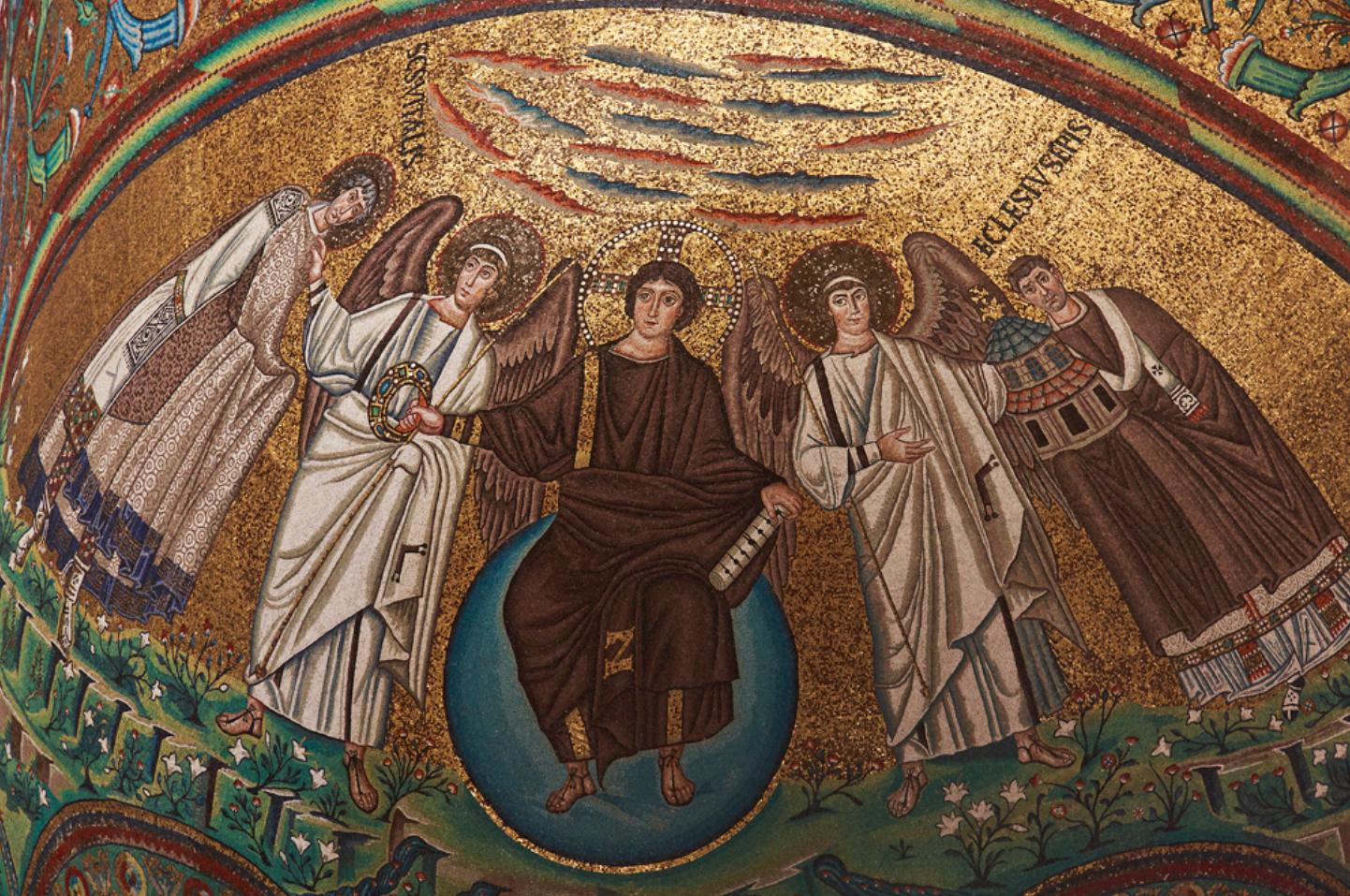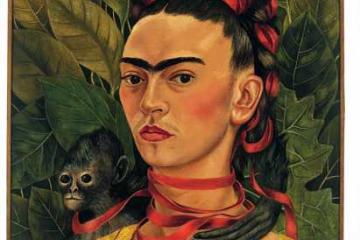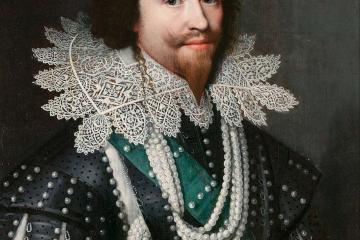An exploration of the legacy of richly decorated early Christian buildings which are now a UNESCO World Heritage site.
In 402AD Ravenna became the capital of the Western Roman Empire and continued to prosper under Ostrogoth and then Byzantine rule. This past eminence left Ravenna with a legacy of richly decorated early Christian buildings, which has earned it UNESCO World Heritage site status. This lecture will explore some of these buildings and their magnificent mosaics: The octagonal church of San Vitale, home of the celebrated portrait panels of the emperor Justinian I and his wife, the notorious empress Theodora; the basilica church of S. Apollinare Nuovo decorated with spectacular processions of male and female saints, and with surprising evidence of its past life as the palace chapel of Ostrogoth King Theodoric; the basilica church of S. Apollinare in Classe featuring a magical starry sky apse mosaic; and the exquisite mosaic decoration of the cruciform oratory of imperial princess Galla Placidia.
Gallery - Apse Mosaic, San Vitale, Ravenna, 6th century, photograph Simon Lane.
THE ARTS SOCIETY ACCREDITED LECTURER

Dr Helen Rufus-Ward
Dr Helen Rufus-Ward is an art historian with a BA (1st), Masters with distinction, and doctorate (DPhil) from the University of Sussex. She has published on Late Antique and Byzantine ivory carvings, plaster casting of art works and 19th century collecting. As well as holding a Higher Education Academy teaching qualification, Helen is a member of the Society for the Promotion of Byzantine Studies, the Society of Jewellery Historians, and is the Chairman of Eastbourne Arts Circle that has raised significant sums of money for the Towner Art Gallery Eastbourne.
OTHER EVENTS
One of the first truly global artists who turned herself into an art icon and only became world famous after her premature death.
A favourite of James 1 - Buckingham surrounded himself with beautiful objects and was a discerning patron.





